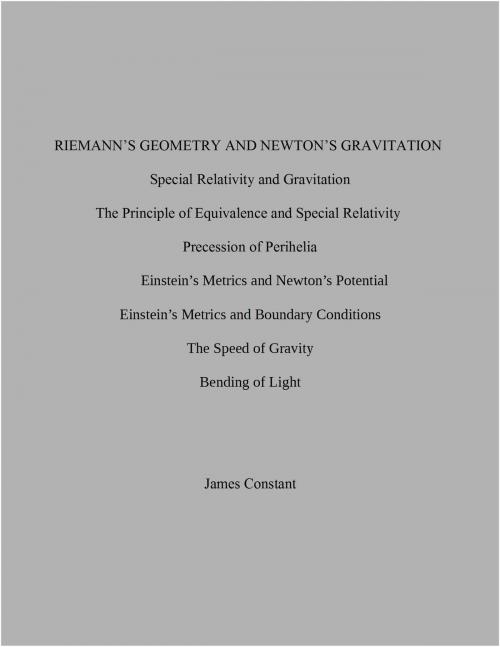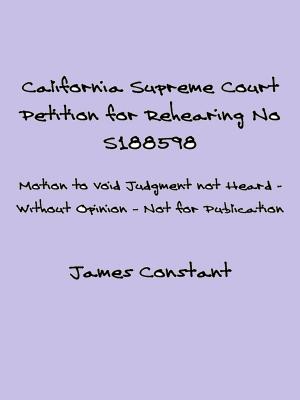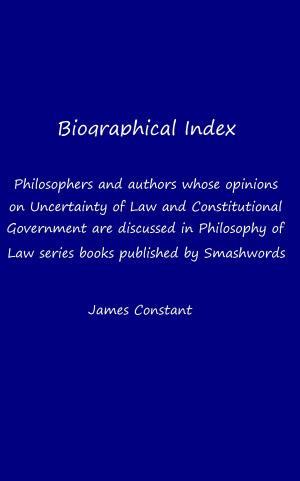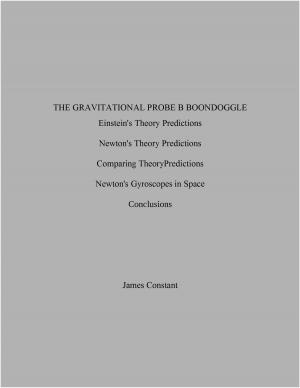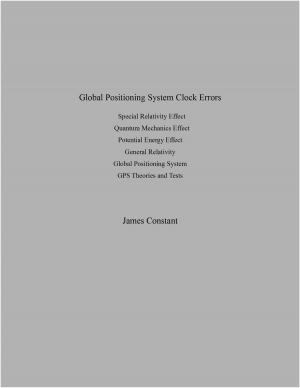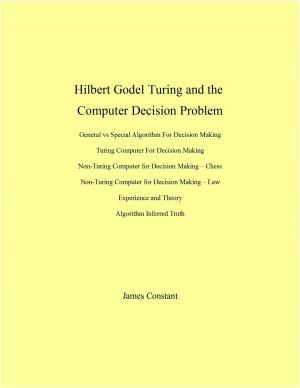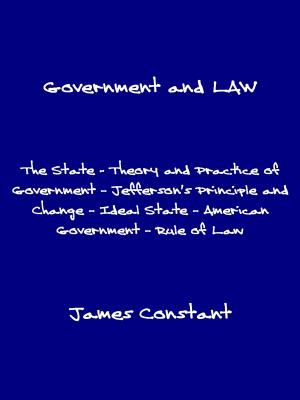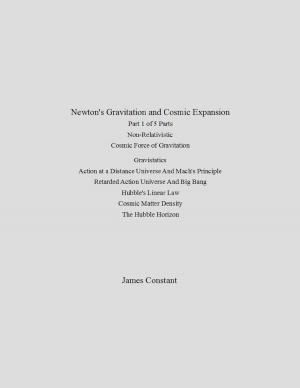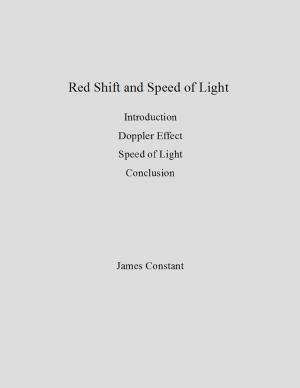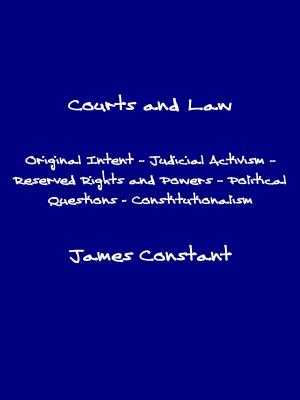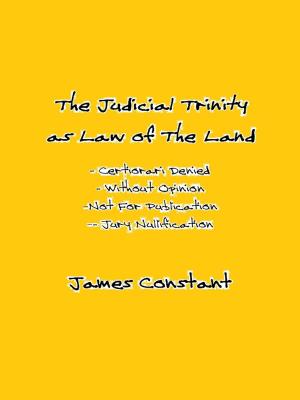| Author: | James Constant | ISBN: | 9781311526472 |
| Publisher: | James Constant | Publication: | December 14, 2014 |
| Imprint: | Smashwords Edition | Language: | English |
| Author: | James Constant |
| ISBN: | 9781311526472 |
| Publisher: | James Constant |
| Publication: | December 14, 2014 |
| Imprint: | Smashwords Edition |
| Language: | English |
Einstein’s General Relativity is hard to reconcile with the rest of physics, and even within its own structure has weaknesses. Its heavy mathematical structure seems utterly incompatible with Quantum Mechanics and is at best tenuous with Special Relativity and Newton's Theory of Gravitation. Different as Einstein's and Newton's theories are, within the solar system, Einstein’s theory is greatly simplified by imitating Newton’s theory and as the two theories merge their results are almost identical. Yet, for over 80 years, the measurements are less than satisfactory and competing theories have emerged to explain the observations.
Einstein’s field equations are difficult to solve in a closed form. For example, only one exact solution, the Schwarzschild solution, has been found for the recession of the precession of perihelia problem. Generally, the motion of a planet is along a geodesic in Riemann’s curved space-time. Einstein’s theory claims that such geodesic motions account for the precession of the perihelion of the planet Mercury and that they also describe the bending of light in a gravitational field. Einstein’s claims to have solved the Mercury precession and light bending problems are advertised as key evidence supporting the theory of General Relativity
While the paucity and inconclusiveness of experimental evidence is an obstacle to the confirmation of General Relativity, there are some other indicators. This page will examine some difficulties in reconciling General Relativity with Special Relativity and Newton’s Theory of Gravitation. Included are comparisons of predictions for the precession of perihelia and bending of light under Kepler’s laws and Einstein’s General Relativity. It is clear that Einstein's theory of gravitation cannot be reconciled with Newton's theory of gravitation Kepler’s laws, and the mass energy law.
Einstein’s General Relativity is hard to reconcile with the rest of physics, and even within its own structure has weaknesses. Its heavy mathematical structure seems utterly incompatible with Quantum Mechanics and is at best tenuous with Special Relativity and Newton's Theory of Gravitation. Different as Einstein's and Newton's theories are, within the solar system, Einstein’s theory is greatly simplified by imitating Newton’s theory and as the two theories merge their results are almost identical. Yet, for over 80 years, the measurements are less than satisfactory and competing theories have emerged to explain the observations.
Einstein’s field equations are difficult to solve in a closed form. For example, only one exact solution, the Schwarzschild solution, has been found for the recession of the precession of perihelia problem. Generally, the motion of a planet is along a geodesic in Riemann’s curved space-time. Einstein’s theory claims that such geodesic motions account for the precession of the perihelion of the planet Mercury and that they also describe the bending of light in a gravitational field. Einstein’s claims to have solved the Mercury precession and light bending problems are advertised as key evidence supporting the theory of General Relativity
While the paucity and inconclusiveness of experimental evidence is an obstacle to the confirmation of General Relativity, there are some other indicators. This page will examine some difficulties in reconciling General Relativity with Special Relativity and Newton’s Theory of Gravitation. Included are comparisons of predictions for the precession of perihelia and bending of light under Kepler’s laws and Einstein’s General Relativity. It is clear that Einstein's theory of gravitation cannot be reconciled with Newton's theory of gravitation Kepler’s laws, and the mass energy law.
